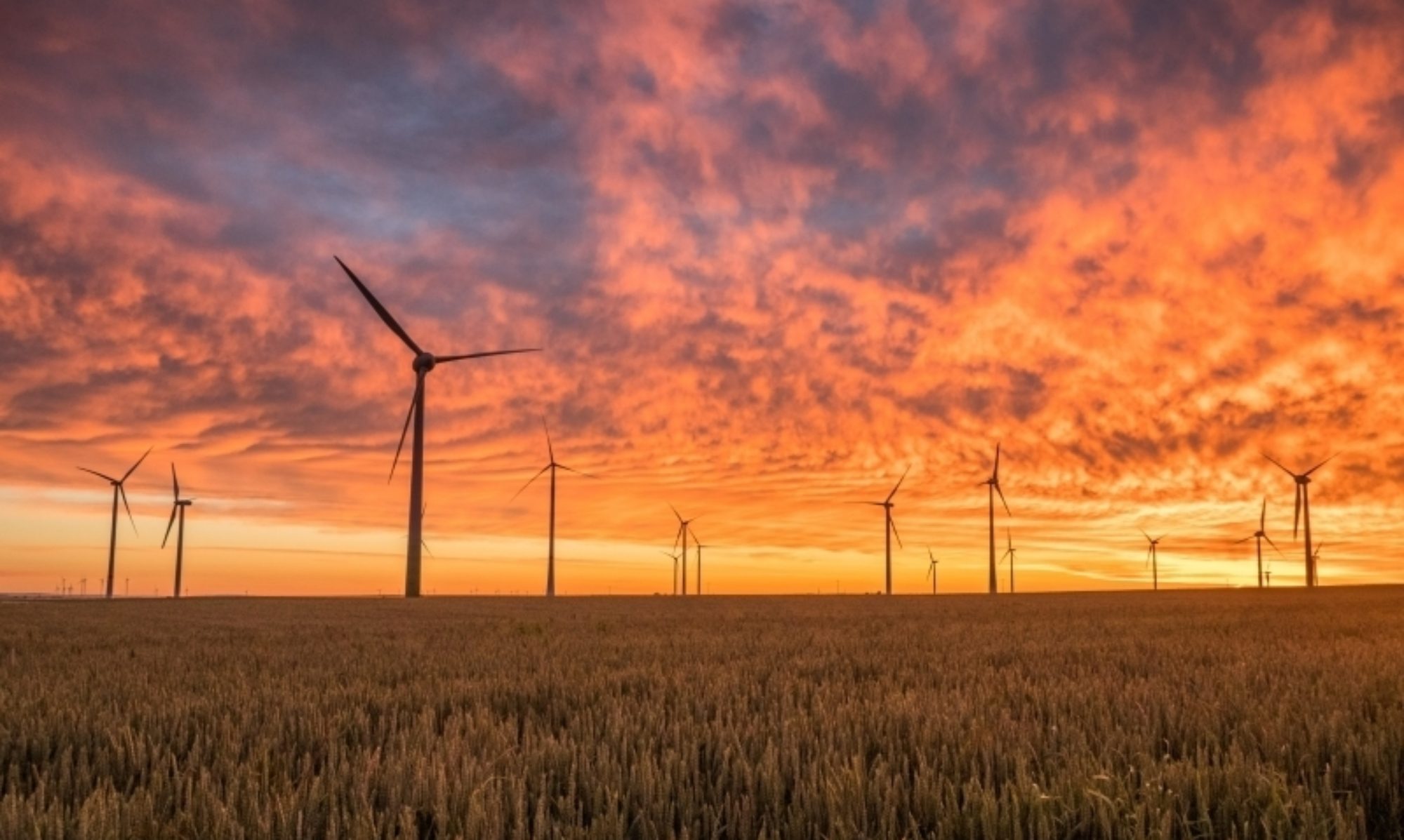In 2009 political scientists Ian Bremmer and Preston Keat defined geopolitics as “the study of how geography, politics, strategy, and history combine to generate the rise and fall of great powers and wars among states.” Given its importance to the running of the modern global economy, nowhere is this more vividly observed than in the battle for energy resources and in particular oil.
A cursory look at a simple oil price chart reveals a series of bumps. Each of these can be pinpointed to wars and conflicts, whether it was the Iranian revolution or the first and second Gulf wars. More recently, Arab Spring related uprisings in Libya, Egypt and Syria as well as violence in Iraq and the Ukraine have resulted in escalating geopolitical tensions across many key energy production and transit countries.
Geopolitics has come back to the forefront in recent weeks following Saudi airstrikes on rebel positions in Yemen. Although there appears to be little risk of any oil production actually being affected the bigger risk concerning the market was that the Bab el-Mandeb strait (a transit route for around 7% of the world’s crude) could be blocked and more broadly that the conflict might represent the opening exchanges of a broader conflict between Saudi Arabia and Iran. The oil price jumped about 5% on the news, only for it to give back those gains within a week.
How should commodities be priced under conditions of high geopolitical uncertainty? As a non-income producing asset commodities are only worth what individual people are prepared to buy and sell at any one time. Commodity markets, like every other financial market should in theory at least, act to constantly reflect the opinions of buyers and seller regarding demand, supply and the future direction of the price. However, they are also influenced by the emotions and perceptions of risk of those who trade them, including producers, consumers, traders and investors. And here the key factor is the perception of scarcity.
Take oil as an example. You can say that much of it is in the hands of nations that we can’t rely on, but what does that make it worth? The same factors were just as relevant when oil was around $40 per barrel in December 2008 and they were equally true in July 2007 when oil reached $147 per barrel. In the end the commodity is only worth what someone is prepared to pay for it. The markets perception of scarcity today in April 2015 means that traders are only willing to pay half what they paid for it a year ago.
Looking for examples of what prices could do from previous events is instructive of the fear and the extent to which prices can move, but they don’t provide a hard and fast rule for how future geopolitical events will play out. Take the first Gulf war in 1990, the oil price doubled and then once the US led military response started oil prices gradually fell back so that within 9 months the spike had subsided. More recent actual disruptions to supply have tended not to result in a significant impact on prices. Only a few years ago news of pipeline blowing up in Nigeria would have caused a sharp rise in the price of oil. High inventory levels amid a supply slut in oil and many other commodities mean that there is now a much healthier buffer stock in place against potential disruptions. The perception of scarcity is now much lower.
Geopolitical events are by their very hard to predict and are often destabilising, in a sense they could be termed ‘black swans’ in that they are low probability, high impact events. A negative geopolitical event will tend to increase the risk premium and alter the direction of asset prices. However, when a geopolitical event also depresses economic growth and changes the course of inflation, then the effect on commodity markets is likely to be more sustained.
The effect of a geopolitical shock might also be very different from what was originally feared. Taking the example of a disruption to oil tanker traffic in the Bab el-Mandeb strait, it’s worth considering that the route is also the major route for container traffic between Asia and Europe and so any disruption would act to slow world trade and global economic growth, depressing oil demand and prices.
The commodity whose supply is under threat from a geopolitical event will tend to increase as perception of its scarcity increases. Gold and to a lesser extent other precious metals tend to benefit in times of uncertainty. The impact on other commodity markets is more mixed. If oil supply is under threat, other commodities that are very energy intensive and so also highly correlated may also rise. However, if the broader impact results in a loss of business and consumer confidence and a slowdown in economic growth then demand and prices for other commodities may fall.
Geopolitical events can appear to surface out of nowhere. Although we routinely focus on issues that are in our immediate field of vision, new developments that radically alter our perception often emerge out of left field. The trouble with geopolitics, however, is that it often appears as noise until it suddenly becomes a crisis. To quote Warren Buffet “In the business world, the rear view mirror is always clearer than the windshield”. As the perception of scarcity has diminished the impact of geopolitical events in today’s commodity markets is now more nuanced than we’ve seen for quite some time.
First published on Oilprice.com
